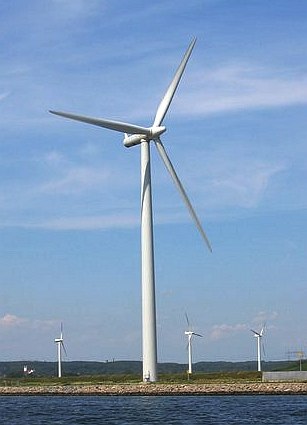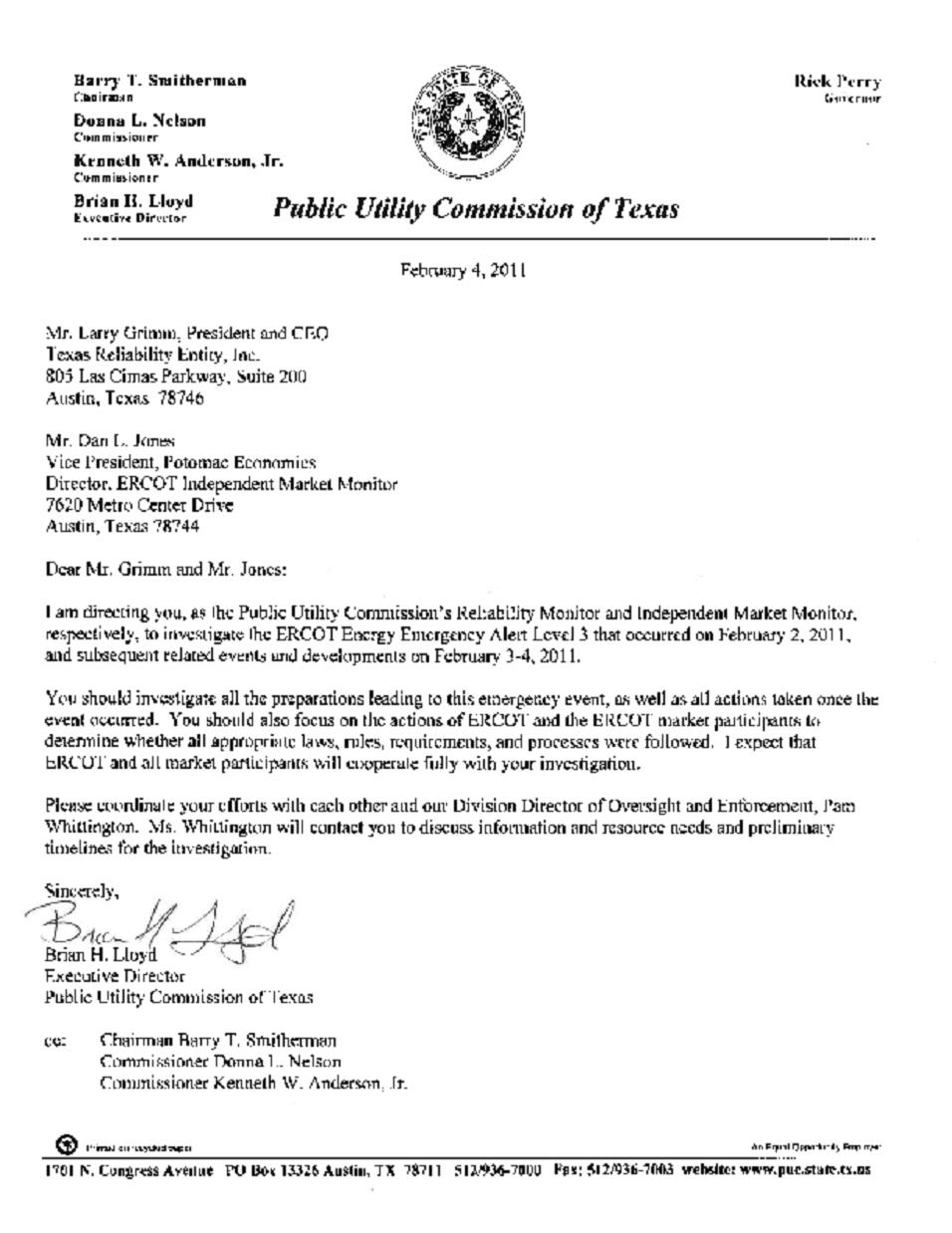The Electric Reliability Council of Texas (ERCOT) is expecting to keep rolling blackouts at bay this week. While we came perilously close to having statewide rolling blackouts last week, it turns out, coastal wind power proved helpful in averting an electric crisis then, according to ERCOT’s president.
Unlike wind farms in West Texas, which tend to generate more power at night, coastal wind generation has been better tracking peak daytime demands.
As demand ramps up in the late afternoon hours, coastal wind is also ramping up. ERCOT President H.B. Trip Doggett, who briefly occupied the hot seat following rolling blackouts that occurred in February due to an unusual cold weather event which took out several coal and gas plants (albeit, once again wind was in there helping to keep the lights on) has a renewed interest in what renewables can do to help stabilize the Texas electric grid during peak power demand under hot weather circumstances. In fact, he told reporters, “We would love to have more development of coastal wind. The diversity of coastal wind versus West Texas wind is an advantage to us in operating the grid.”
Last week, when the ERCOT grid came extremely close to initiating involuntary rolling blackouts across the state, wind generation kicked into higher production. While wind produced around 1,300 megawatts on Monday, it rose to about 2,000 megawatts on Wednesday with 70 percent of that coming from coastal rather than West Texas wind. During the February cold weather event, it was West Texas wind that helped keep the lights on, so let’s hear it for wind.
And consider that if we had solar deployed across the state, we could better handle these huge peak demand times without having to increase air pollution. When the demand rises this high, conventional coal-fired plants are allowed to turn their scrubbers off to increase the efficiency of the plants so they can generate more energy. Also, old higher polluting plants are sometimes fired up to put more electricity on the grid and you can imagine what they do to the air quality.
If ERCOT is beginning to see the value of wind and solar under these circumstances, perhaps it is time to remind our elected officials that renewables could make Texas’ energy future so bright, we gotta wear shades.
ERCOT officials forecast that triple-digit temperatures will continue at least 14 more days. While they believe this week looks good for meeting electric demands, we are not out of the woods yet, and ERCOT is saying next week remains to be seen.
Public Citizen applauds everyone who is doing their part to reduce electric usage and encourages everyone to continue their efforts.










